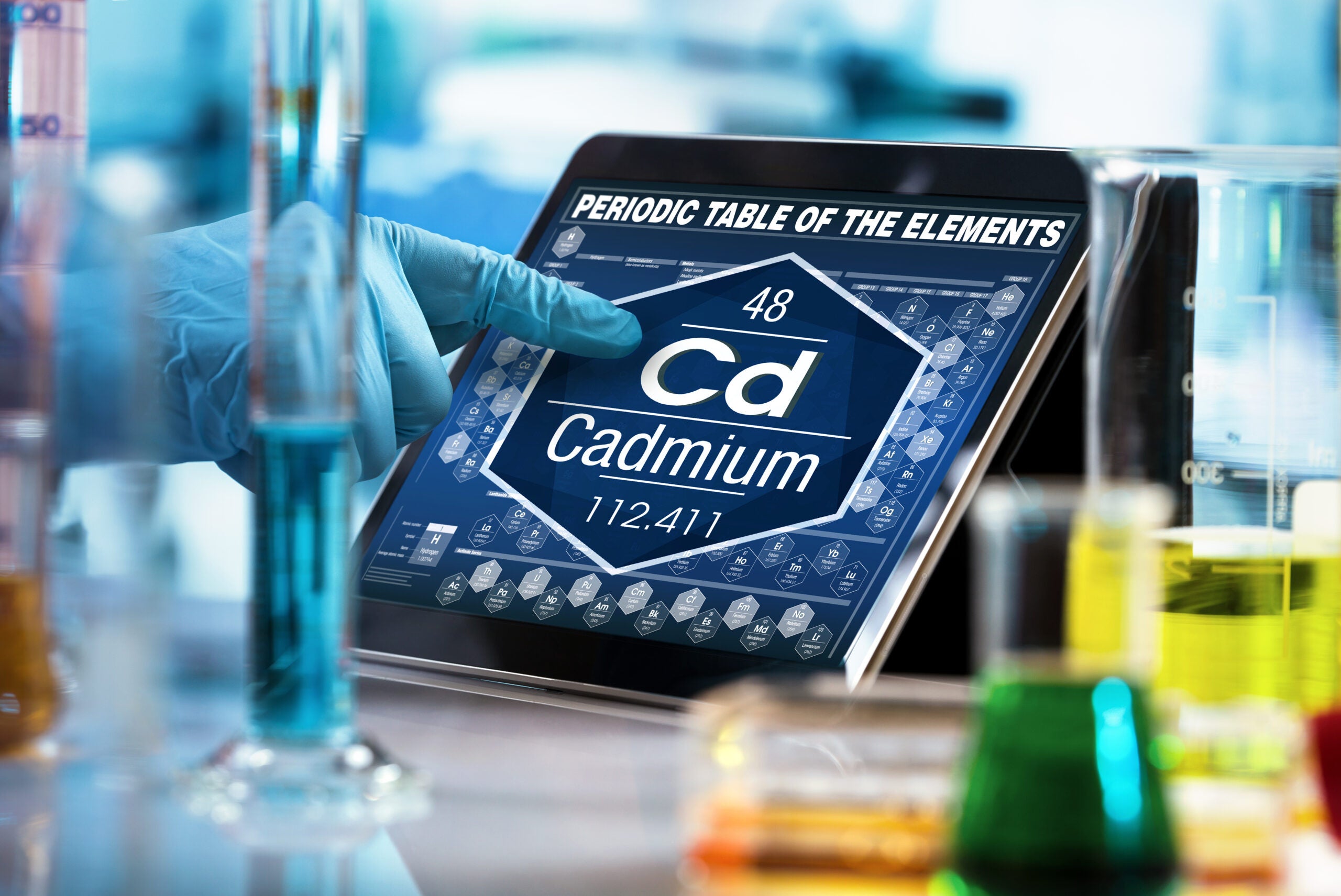Not a silly question: Is Halloween mischief worth risking toxic exposures?
Cal Baier-Anderson, Ph.D., is a Health Scientist.
Growing up in the 1970s, Mischief Night was a big deal for me. When I was in grade school, hoards of us kids took to our neighborhood just after dark to wreak innocent havoc. More fun than Halloween, I recall soaping up car windows and decorating neighbors’ trees with toilet paper. (What were our parents thinking?)
When a wonder toy called Silly String hit the stores, Mischief Night turned psychedelic with crazy vibrant colors issuing in long streams from an aerosol can! And what was the harm? Silly String simply dried up and blew away. Who knew that we might actually be spewing a brew of toxic chemicals?
Polyisobutyl methacrylate, hexabromobenzene, dibutyl phthalate, dimethyl siloxane, dichloromethane and sorbitan trioleate. While the current formulation of Silly String is claimed to be confidential business information, these are some of the ingredients in the product’s original formula. This, according to a fun little fluff piece that ran in a recent issue of Chemical & Engineering News titled “Silly String: It’s a party for polymer chemistry, all in a can.”
Some of these chemicals — hexabromobenzene (a brominated flame retardant), dibutyl phthalate (an endocrine disruptor) and dichloromethane (also known as methylene chloride, a carcinogen) — ought to rank high on anyone’s list of chemicals of concern.
But am I just being a killjoy when I ask why we should be letting our kids play with this stuff?
I don’t think so, and here is why: While thousands of synthetic chemicals are integral parts of our modern lives, this does not mean that any chemical can and should be used in any product. In particular, how chemicals like the ones I just noted are used should get intense scrutiny, to say the least.
It may be that some of the offending chemicals are no longer used in the current Silly String formula – but that’s something we don’t know because its maker is allowed to claim such information proprietary. It may be that some of the toxic chemicals used to make the polymer fully react, so that they aren’t present in the Silly String itself, at least in normal use – but we can’t know this either, because no one requires such testing for residuals.
Whatever the risk, I would still assert the following:
- Chemicals with such clear toxicity should not be used in children’s toys. Period.
- Workers should not have to risk being exposed to such chemicals for the purpose of making toys.
- Society should not have to risk having such chemicals released into the environment as a consequence of making toys, whether during the chemicals’ or product’s manufacture or transport or after disposal of the product itself.
The C&E News article highlights an unplanned and highly novel use of Silly String: Soldiers in combat zones have learned to spray it ahead of themselves when in confined spaces to help detect the presence of deadly trip wires. Another possible future use is as an adhesive for medical use.
Those potentially life-saving applications for this admittedly nifty polymer technology certainly call for a different calculus, where the outcome could be quite different than for its use as a children’s toy. (I’m not suggesting, however, that the hazards of such uses should not also be scrutinized, or that safer alternatives not be identified or sought.)
But the problem is that, at this point, no one is even bothering to do the calculation. It is telling that the obvious questions as to whether this use of these kinds of chemicals might pose a risk to kids, or whether it is worth taking any such risk, were not even raised by the article’s author. Nor does our current chemicals management system effectively raise them, let alone demand they be answered.
This “silly” example is yet another reminder of why EDF believes we must fundamentally reform the law that governs how we manage these kinds of chemicals.













2 Comments
Check this article out. Maybe keep her email link for your future letter writing outbursts. She is just like you – a health scientist.
Go forth. Your honor is an unshakeable shield.
To Dr. Baier-Anderson,
This is a wonderful article.
And please accept my apologies for the above comment – Donny “Brusco” is me (not my real name) – I had rushed this off thinking I was emailing your article to my sister (who is a health teacher) and we address ourselves with silly make-up monikers like that. Oooops.
Anyway, as a journalist whose previous work did not include environmental issues but who is increasingly drawn to write on themes relating to the environment, including industrial toxins, I find your writing compelling and highly relevent – and on issues which are otherwise very under-reported. Kudos, and thank you for contributing to increasing awareness.
Don Lieber
Portland, Oregon